Mao Asada made figure skating history when she became the youngest woman to land a triple axel at age 14. Her international success and indomitable spirit catapulted her to stardom, and she remains one of the most popular athletes today.
We use cookies to optimize and continuously improve our website for individual users. By closing this banner or continuing to view the website, you are agreeing to the use of cookies for this purpose, as detailed in our Privacy Policy.
Mao Asada made figure skating history when she became the youngest woman to land a triple axel at age 14. Her international success and indomitable spirit catapulted her to stardom, and she remains one of the most popular athletes today.
SSF: You were chosen as the favorite female athlete and the seventh overall in the latest National Sports Life Survey (targeting those 18 years old and over), which has been conducted every two years by the SSF since 1992.
MAO ASADA: It’s been five years since I retired from active competition, so the fact that I’m still in the top ten is a rather pleasant surprise. I’ve been working really hard since I was a child, and that has helped me get to where I am today. But those things are behind me now. I’m looking forward to taking on new challenges, and I’m eager to bring even bigger excitement to people’s lives in the years ahead.
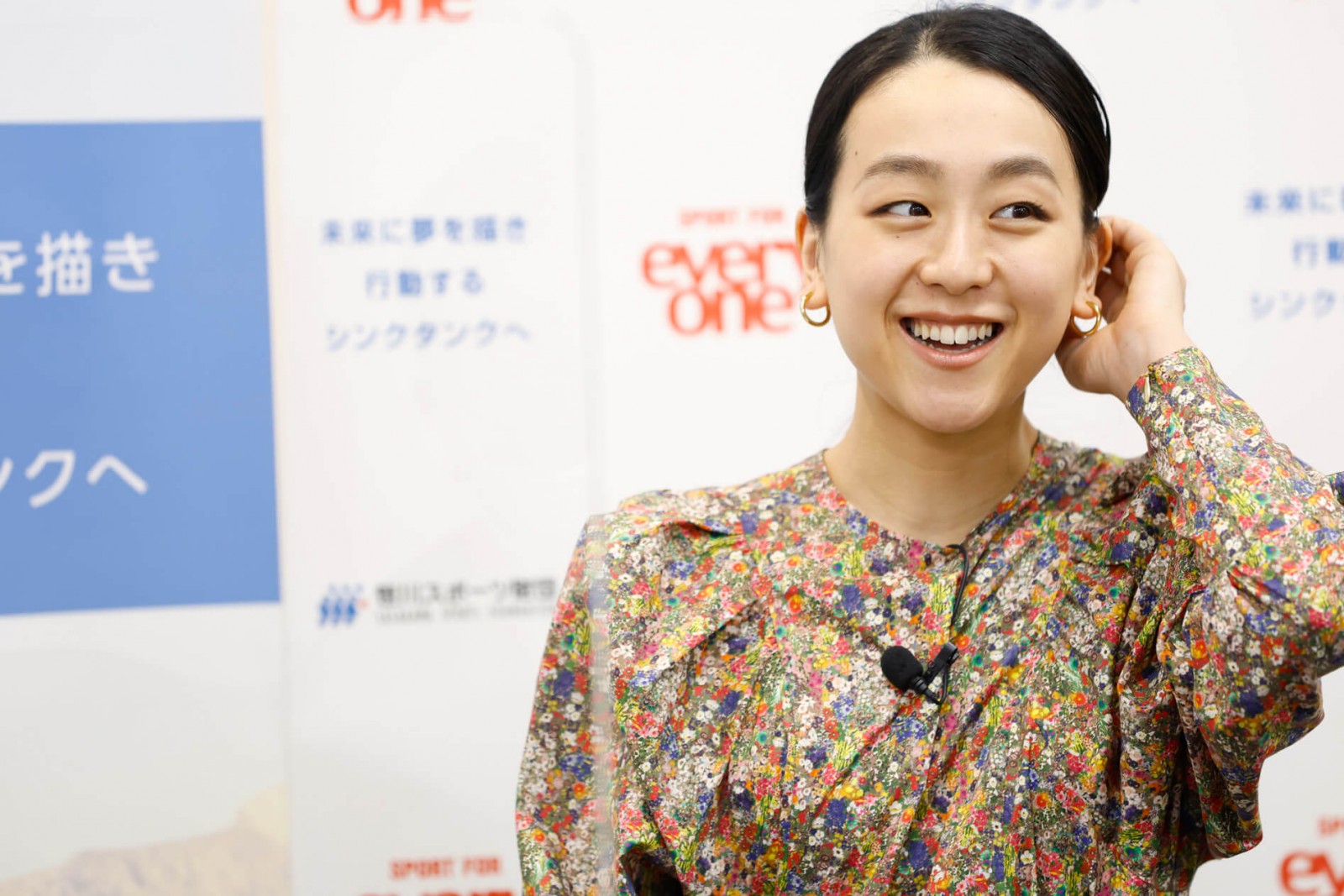
SSF: You catapulted to worldwide fame when you landed a triple axel at the Junior Grand Prix of Figure Skating Final (JGPF) in 2004. This was the first-ever triple axel at the junior level, and you became the youngest woman to successfully execute this jump.
ASADA: My role model and inspiration was Midori Ito,*1 who was the first women to complete a triple axel. We’re both from Nagoya, Aichi Prefecture and even had the same coach in Machiko Yamada.*2 I wanted to follow in her footsteps, to be the one to inherit and carry on her legacy, and my practices were focused on becoming the next woman to perform the triple axel in Olympic competition.
SSF: You became one of the world’s top women skaters after winning the Grand Prix of Figure Skating Final in December 2005. Did you feel much pressure at the time?
ASADA: Most of the pressure came not from others but from my own growing fear of failure. My body and soul were so invested in competition that I grew nervous just thinking about the prospect of not performing well. I couldn’t skate as freely and naturally as before, and toward the end of my teens, I even grew frightened of competing. Still, I was motivated to keep going because I was determined to land the triple axel, and I knew could do it. I wanted to do something that none of my peers had ever done.
*1 Became the first woman to successfully complete a triple axel at the age of 19 in 1988; won the World Figure Skating Championships in 1989 and a silver medal at the Albertville Games in 1992.
*2 One of the top coaches in Japan; besides Asada and Ito, she also served as coach for such leading skaters as Kanako Murakami and Shoma Uno.
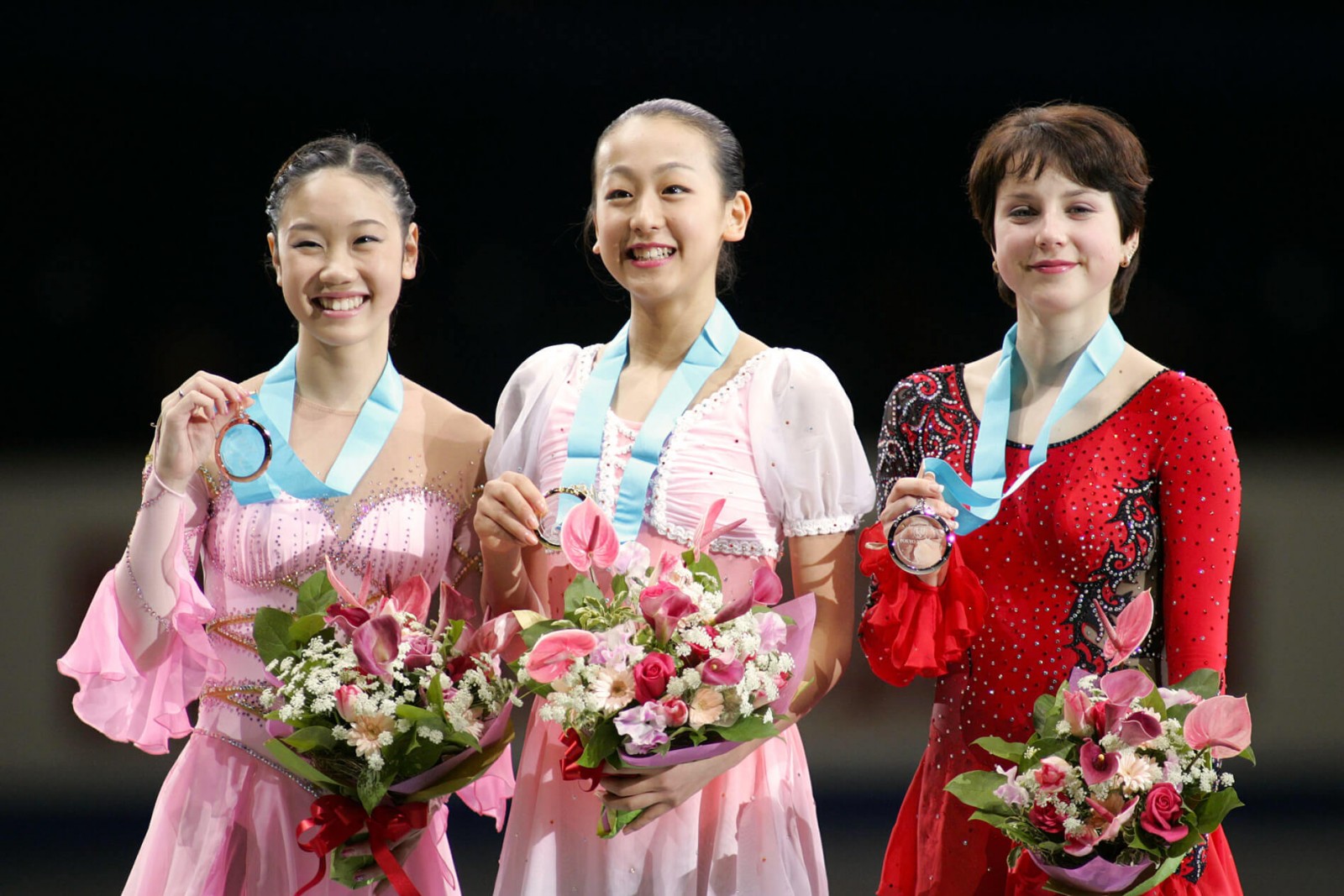
Asada won the Grand Prix of Figure Skating Final in December 2005, defeating Irina Slutskaya of Russia, right, considered a leading contender for the gold medal at the Torino Winter Games, held just two months later. ©Photo Kishimoto
SSF: Approximately four years after winning the Grand Prix Final, you earned a silver medal at your first Olympics, the 2010 Winter Games in Vancouver.
ASADA: I took a gamble in attempting three triple axels over the course of the short program and free skate, and I managed to land all three. I was disappointed I didn’t win the gold, of course, but I could hear so many people in the audience offering congratulations, encouragement, and gratitude at the awards ceremony that I felt quite content with my silver.
SSF: The gold went to Yuna Kim of South Korea,*3 with whom you’ve often been compared. You were both born in September 1990 and had been competing with one another for top honors while still on the junior circuit, so a comparison was probably inevitable. How did you feel about that at the time?
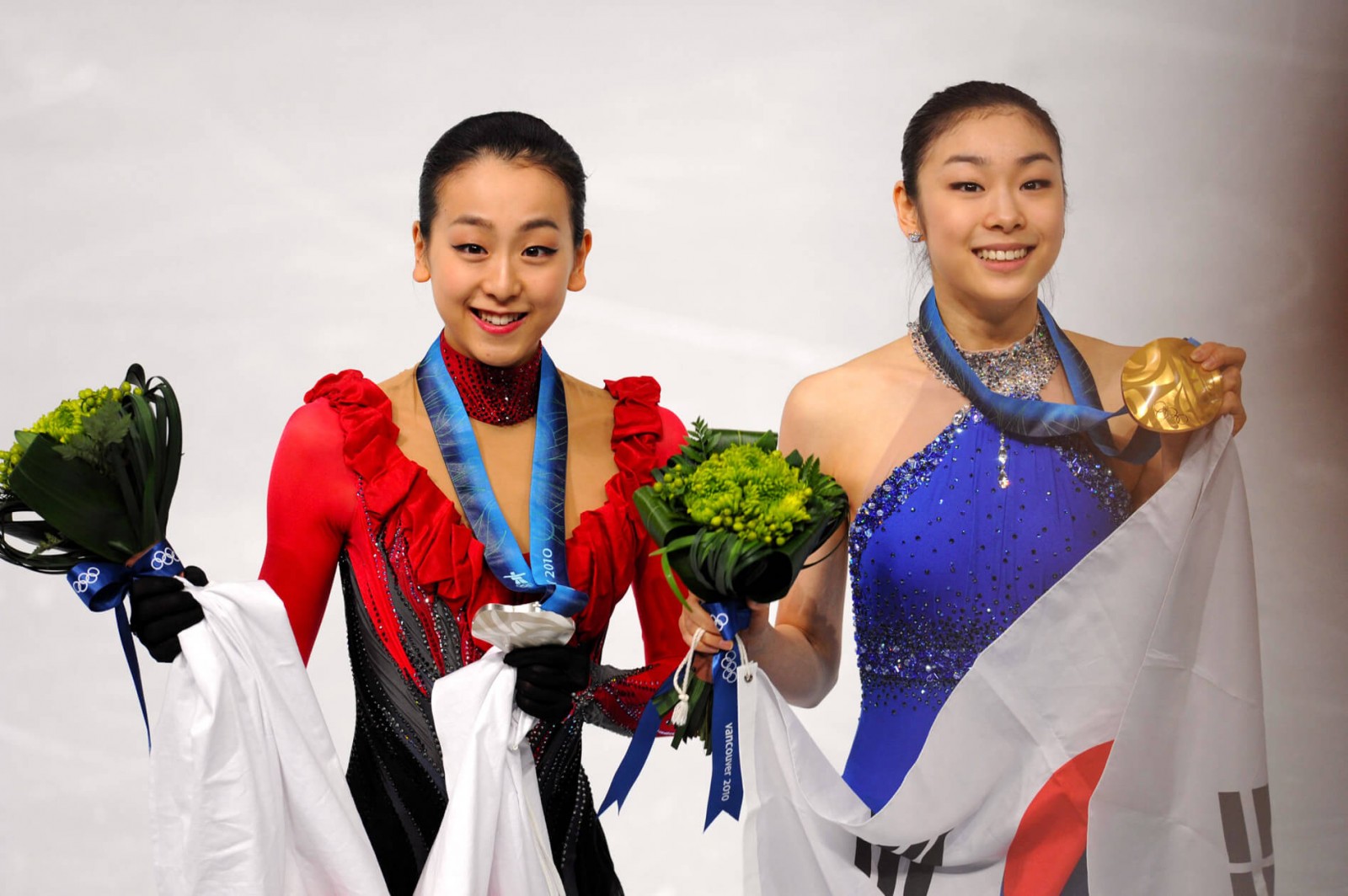
Asada at the Vancouver 2010 award ceremony with gold medalist Yuna Kim. ©Photo Kishimoto
ASADA: I first met Yuna when we were 13 at an international junior figure skating event, and I knew we’d wind up competing for top honors over many years. We had a positive, friendly rivalry, where her presence would inspire me to do my best. It was a very special relationship, and I consider it a great gift to have met her. We haven’t kept in touch in recent years, but it would be a thrill to meet her again.
SSF: At the Sochi Games in 2014, you found yourself in sixteenth place at the end of the short program after a series of failed jumps.
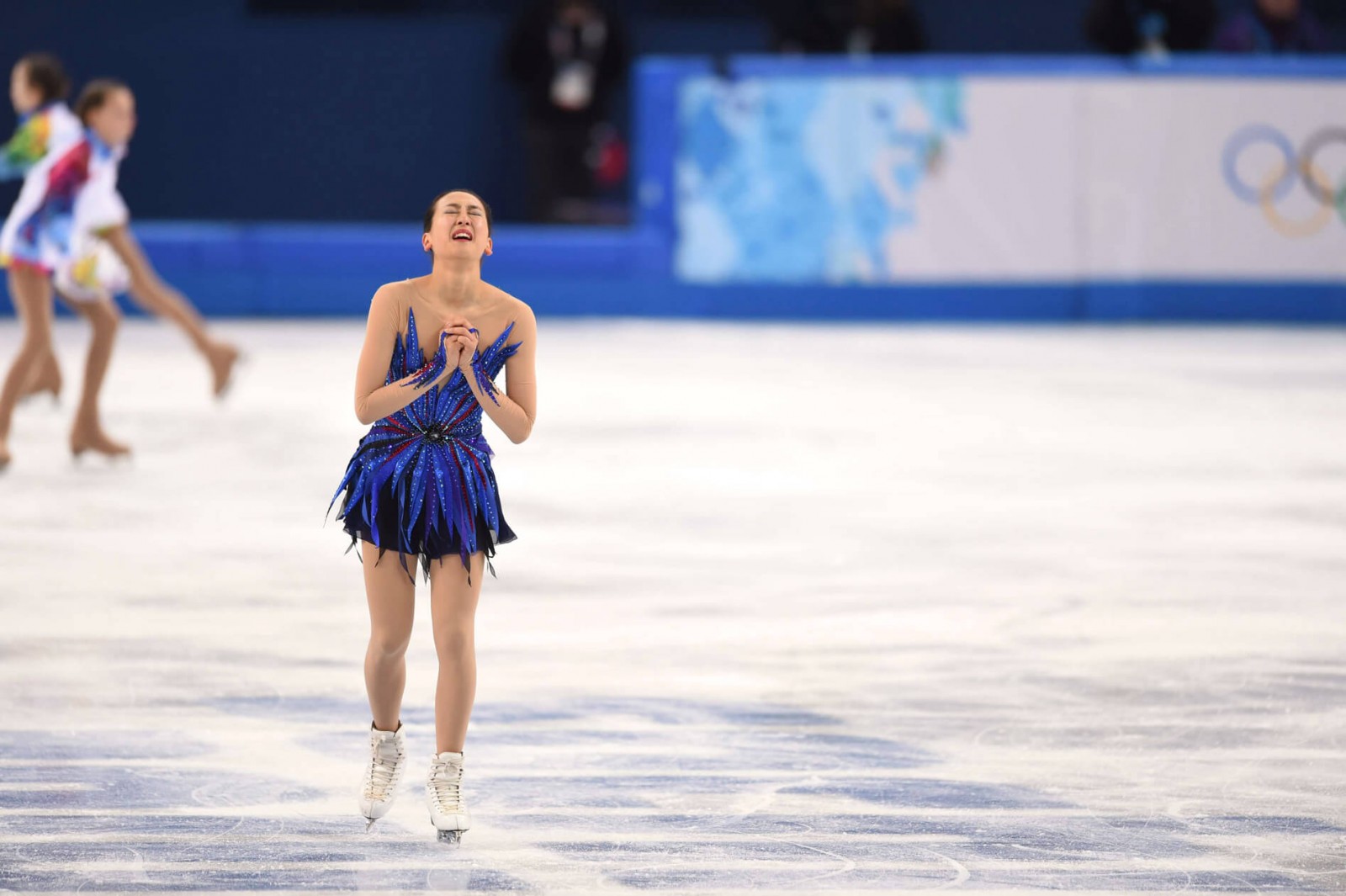
A welling up of emotion brings tears to Asada’s eyes after her free skate at Sochi 2014. ©Photo Kishimoto
ASADA: That short program was probably the most frustrating performance of my career. I felt so decimated afterwards that I just couldn’t pick myself up again. I was haunted by the thought that I was finished as a competitor. I then got a call from my older sister,*4 who had seen me practicing on TV. She saw how pale and dejected I looked, so she told me to cheer up and try having more fun. I snapped back, though, saying how could anyone have fun at a time like this! She really ticked me off, but in hindsight, I think this helped to turn things around. The rush of anger at my sister’s words swept away all the pain, agony, and sadness I’d been carrying with me. I felt a switch flip on inside me. “I’m not finished yet,” I told myself. “I’ve done everything I needed to get here, and who cares if I fall again.” So I entered the rink for the free skate as if I had nothing to lose. My body just moved naturally, the way it wanted, without my mind being there. And at the same time, I felt at one with everyone; I had a sense that it was their support and encouragement that was propelling me forward.
SSF: Now that you’re no longer actively competing, many people have high expectations that you’ll devote your time and energy to developing the next generation of skaters.
ASADA: All the coaches I’ve had, including Machiko Yamada, Rafael Arutunian of the United States, and Tatiana Tarasova of Russia, have always been there with me when I needed them. They’ve been fully engaged, constantly watching over me, reaching out when needed, and really competing alongside me.
I’m building my own skating rink right now in the suburbs of Tokyo and would love to share my experiences there with younger skaters in the future.
SSF: You’re headlining a series of ice shows called Beyond that’s running from September 2022 to March 2023. What’s that been like?
ASADA: In competition, you’re subject to the same rules and conditions as everyone else and are ranked accordingly. There’s great tension, giving rise to thrills, anguish, and plenty of human drama. From the spectator’s perspective, the excitement comes from being able to experience that drama vicariously. Ice shows, on the other hand, have no fixed rules, and skaters are free to express themselves any way they want.
You can use colorful lighting and props, and there are no constraints on what you can wear. You can change the number of skaters, so the possibilities are endless. My current ice show includes elements of musicals, classical ballet, and live music, so you can enjoy them all in a single performance.
SSF: What, in your view, is the value of sports?
ASADA: I think it provides people with the power to live. There was a period immediately after retiring from competition when my life just stopped. I had no dreams or goals, and I spent most of my time cooped up in my house. One day, though, I decided to run the Honolulu Marathon, so I started going outside to jog. It was then that I realized anew how wonderful it can be to move my body. It had a positive impact on my outlook.
Looking back, figure skating has taught me so much, and it’s helped me to grow as a person. The many cheers and smiles I’ve received have been a source of strength in my life, and they continue to be so today. I hope to give back some of that positive energy through my ice shows and perhaps help expand children’s horizons and open up a brighter future for them.
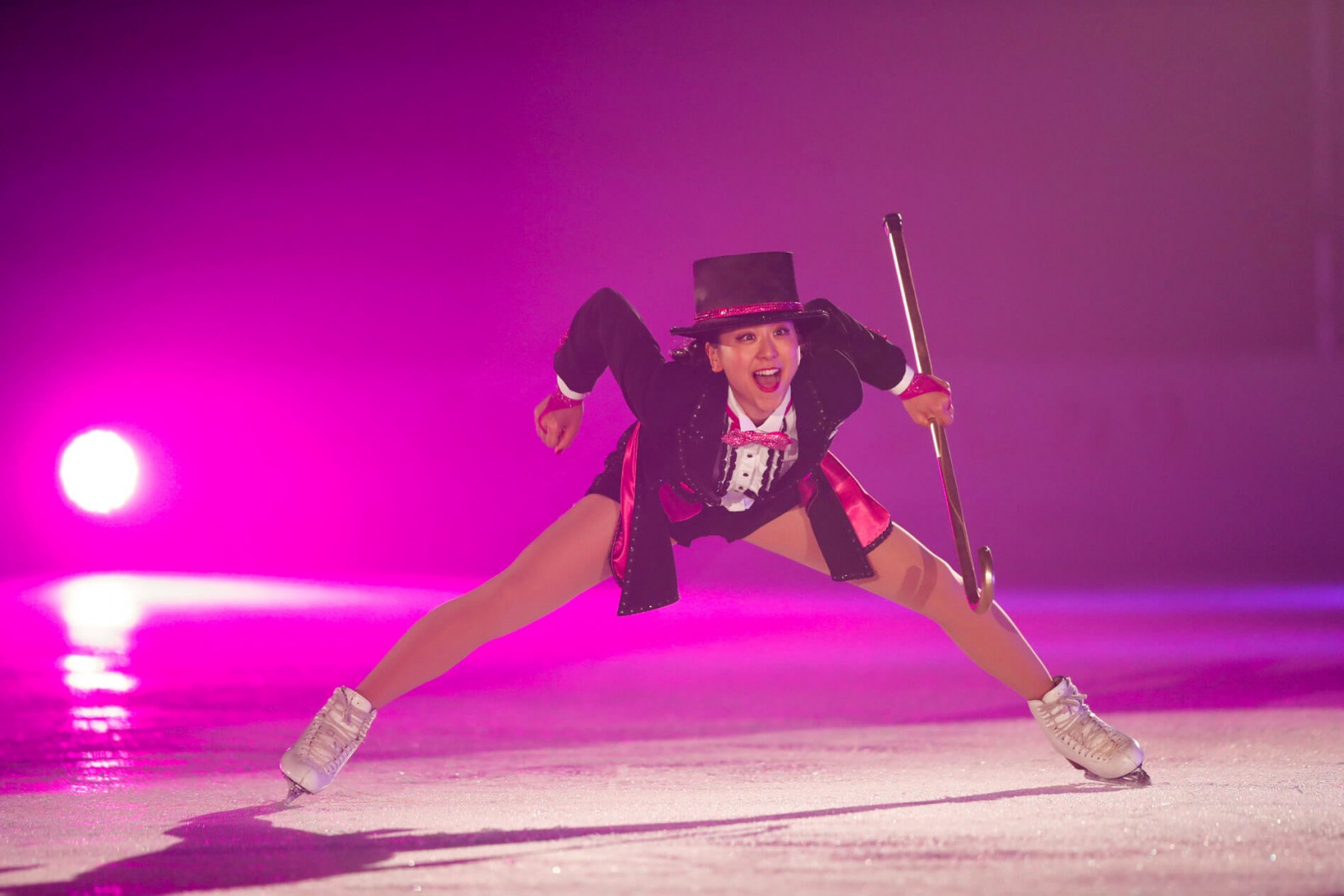
Performing in the Thanks Tour of over 200 ice shows at 50 venues, held over three years between May 2018 and September 2020. ©Photo Kishimoto
The two things I’ve always been mindful of have been to do my best at whatever I’m engaged in and to never lose the feeling of gratitude for all the blessings in life.
As for children, my wish is that they’ll have an opportunity to pursue things that they truly love and enjoy. Life has its ups and downs, of course, but the hardships and pain can be overcome if you have a dream and goal you want to fulfill. Life is so short and precious that it would be a shame not to live it fully. I, for one, certainly intend to enjoy it for many more years to come!
Translated from an interview conducted in Japanese on October 6, 2022.